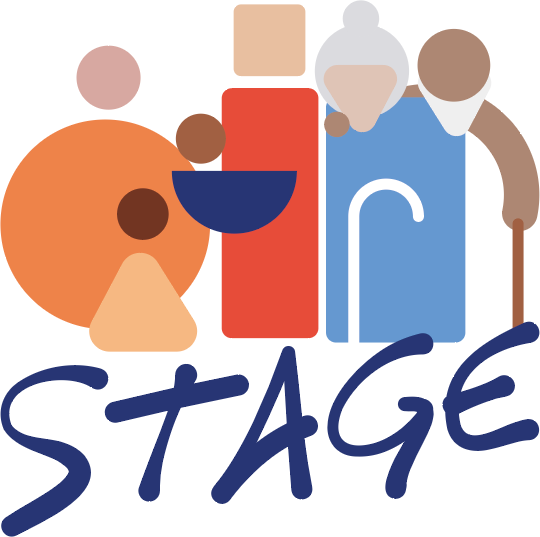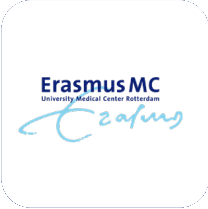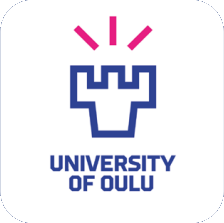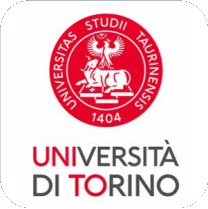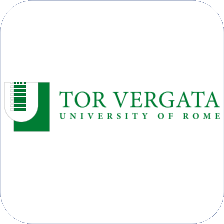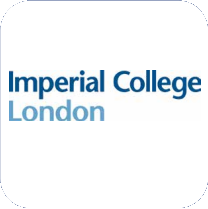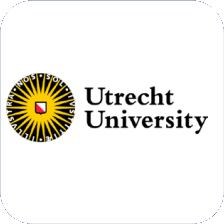
BIOLOGICAL HALLMARKS
OF AGEING
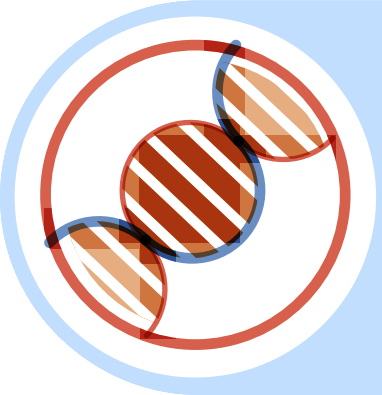
WORK PACKAGE 5 OBJECTIVE
WP5 will focus on the biological markers (or “hallmarks”) of ageing, reviewing and defining existing hallmarks and looking at multiple types of biological markers, such as genetic, epigenetic, metabolic and proteomic hallmarks of ageing. It will combine different biological markers, examine how these markers develop during ageing, and study the causal roles of these biological hallmarks in ageing.
WHY IS WP5
IMPORTANT?
Hallmarks of ageing are indicators of the ageing process. They can represent specific biological processes related to ageing or they can simply reflect the ageing process. They can help medical professionals understand how an individual changes as they get older and potentially predict health issues they may encounter.
Examining how these can change over time is vital in understanding how we can use them to target earlier interventions, tailored for individuals, to achieve healthy ageing.

WP5 ACTIVITIES AND INTERLINKAGES
WP5 will be performing a range of research-based, evidence-led work into the hallmarks of ageing. As such, it is a central component of the STAGE project, and its findings will be fed into other work packages across the project. It will draw on the multi-morbidity work of WP4 and be supported by the infrastructure established in WP9. Key tasks include:
T5.1

REVIEWING BIOLOGICAL HALLMARKS
Conducting a thorough review of what is known on the biological hallmarks of ageing and generating harmonisation protocols for those, as well as protocols for calculating reproducible and transferable molecular clocks to gauge ageing.
T5.2
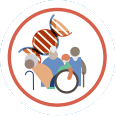
BIOLOGICAL HALLMARKS OF AGEING AND MULTI-MORBIDITY
- Genomic Hallmarks – Exploring the genetic hallmarks of ageing and how they interact with exposures and contribute to multi-morbidity.
- Epigenetic Hallmarks – Examining DNA methylation and epigenetic age estimators (“clocks”) across the life-course and relate these to trajectories of ageing and multi-morbidity.
- Metabolic Hallmarks – Analysing metabolic profiles and metabolic clocks against multi-morbidity and ageing trajectories to identify biological pathways which are related to ageing.
- Proteomic Hallmarks – Examining proteomic markers and profiles in blood and studying proteomic clocks to understand if and how proteomic ageing acceleration is associated with the trajectories of ageing and multi-morbidity.
T5.3

INTEGRATION OF HALLMARKS AND EXPOSURES
Complementing T5.2, this task will look at how molecular hallmarks can jointly influence ageing with multi-morbidity and how they interact with the exposome.
T5.4
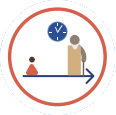
LONGITUDINAL TRAJECTORIES
This task focuses on studying hallmarks of ageing over time. Researchers will observe how the markers change over time, the variations between individuals and their relation to health outcomes.
T5.5
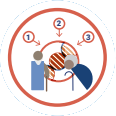
CAUSALITY OF BIOLOGICAL HALLMARKS
Using multiple approaches, the causal effects of the hallmarks on multi-morbidity will be examined.

WP5 KEY OUTPUTS
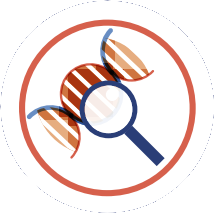
Review Ageing Hallmarks
Status: Ongoing
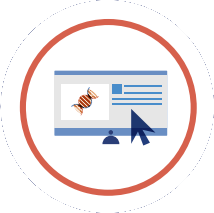
Integration of Biological Hallmarks
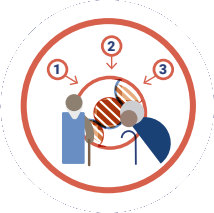
Causality of Biological Hallmarks
Status: To be developed
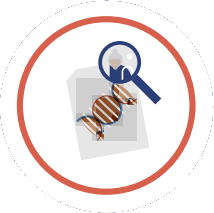
Examine Biological Hallmarks of Ageing and Multimorbidity
Status: Ongoing
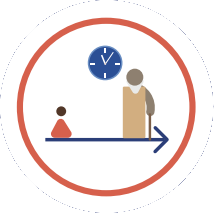
Longitudinal Trajectories of Biological Hallmarks
Status: To be developed
WP5 STAKEHOLDER
IMPACTS
The activities undertaken with WP5 will help:
- Clinicians to monitor the ageing process and spot key health issues earlier using accurate, informed ageing markers, allowing for more informed advice and interventions.
- Greater ability for European citizens to make pre-emptive actions to safeguard their health for long-term, healthy ageing.
- Policymakers to take considered, life-course based approaches, with an understanding that ageing doesn’t start at old age but rather is a continuum that can be monitored and addressed early.

WP5 PARTNERS
With support from many of the STAGE partners, WP5 tasks are being undertaken by:
Erasmus University Medical Centre Rotterdam (EMC)
Work Package Co-Lead
Netherlands
University of Oulu (UOULU)
Work Package Partner
Finland
University of Turin (UNITO)
Work Package Partner
Italy
University of Rome Tor Vergata (UTORV)
Work Package Co-Lead
Italy
Imperial College London (ICL)
Work Package Co-Lead
England
Helmholtz Centrum Munich (HMGU)
Work Package Partner
Germany
University of Utrecht (UU)
Work Package Partner
Netherlands
University of Bristol (UOB)
Work Package Partner
England
“The hallmarks of ageing need to be understood if we are to be able to offer constructive, targeted advice to individuals about how they can age well. Understanding how these markers interact – and how they interact with the exposome – is key to converting research into practical clinical advice”
Janine Felix and Marc Chadeau-Hyam, WP Co-Leaders
Meet some of the WP5 partners in the video interview below and learn more about the work conducted by the work package.
Previous:
WP4
Moderators of ageing with
multi-morbidity in Europe
Next:
WP6
Personalised AI-driven predictive modelling of ageing without multi-morbidity
SUBSCRIBE TO OUR NEWSLETTER
Join our mailing list to receive the latest project news
Your subscription
By subscribing to this list, you accept to receive information about events, news and/or newsletters about the STAGE project. The personal data collected will only be used to send you the newsletter(s) you chose to opt in to above. You can change your mind at any time by clicking the "unsubscribe" link in the footer of any email you receive from us. We will treat your information with respect.

